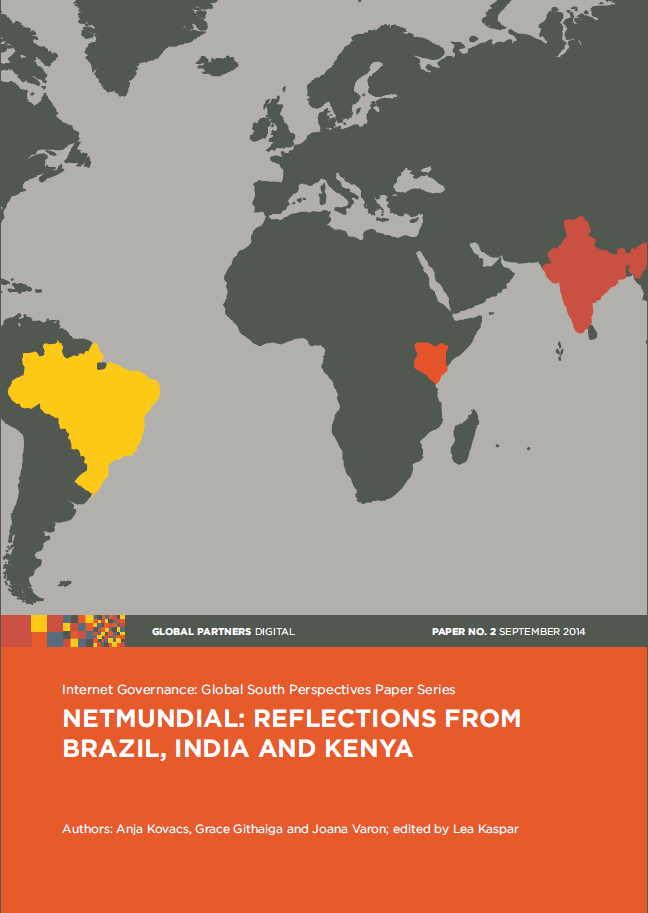NETmundial: reflections from Brazil, India and Kenya
The NETmundial conference was a seminal event in the 2014 internet governance landscape. The multistakeholder meeting, convened by the Brazilian government on the back of the post-Snowden frenzy, momentarily turned São Paulo into a Mecca of decade-old internet governance debates; simultaneously, a beacon of hope for reformists and revolutionaries, and a source of anxiety for supporters of the status quo. NETmundial generated a remarkable buy-in from all the stakeholder groups, gathering together 1229 participants from 97 countries, including a large number of government representatives who, much to their discomfort, dared to venture out beyond existing multilateral decision-making frameworks. As an experiment in global governance unconstrained by conventional rules of decision-making, NETmundial and its outcomes offered a unique insight into the evolving geopolitical environment of internet governance, its underlying narratives and actors, and their motivations. As internet governance debates migrate towards more traditional inter-governmental forums – namely the International Telecommunication Union (ITU) and the UN General Assembly –, understanding the underlying motivations of key actors will be essential in developing an effective civil society strategy for engagement. In order to contribute to this goal, this publication takes NETmundial, as the key internet governance event in 2014, and explores the positions towards the conference taken by three global South governments – Brazil, India and Kenya. What motivated the Brazilians to organise the meeting? What lay behind the conflicted position that India took? Why did the Kenyan government stay largely silent?
In NETmundial: A collaborative global brainstorming on internet governance challenges, Joana Varon Ferraz, who participated in NETmundial as a member of its Logistics and Organizational Committee, summarises the main proceedings and outcomes of the conference, highlighting how these stacked up against the main substantive demands made by civil society groups. In chapter two, she goes on to analyse the position of the Brazilian government and the impact of NETmundial on the country’s position in other relevant forums and processes. In chapter three, Anja Kovacs outlines and examines India’s participation in NETmundial, focusing on the tension between multistakeholderism and multilateralism in India’s contributions. In the final chapter, Grace Githaiga provides a perspective from Kenya, in which she explores the reasons for the government’s lack of participation in the conference and makes the case for Kenya’s greater engagement in internet governance debates in the future.
